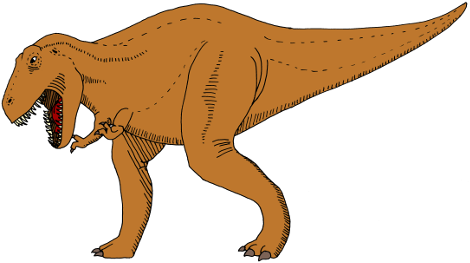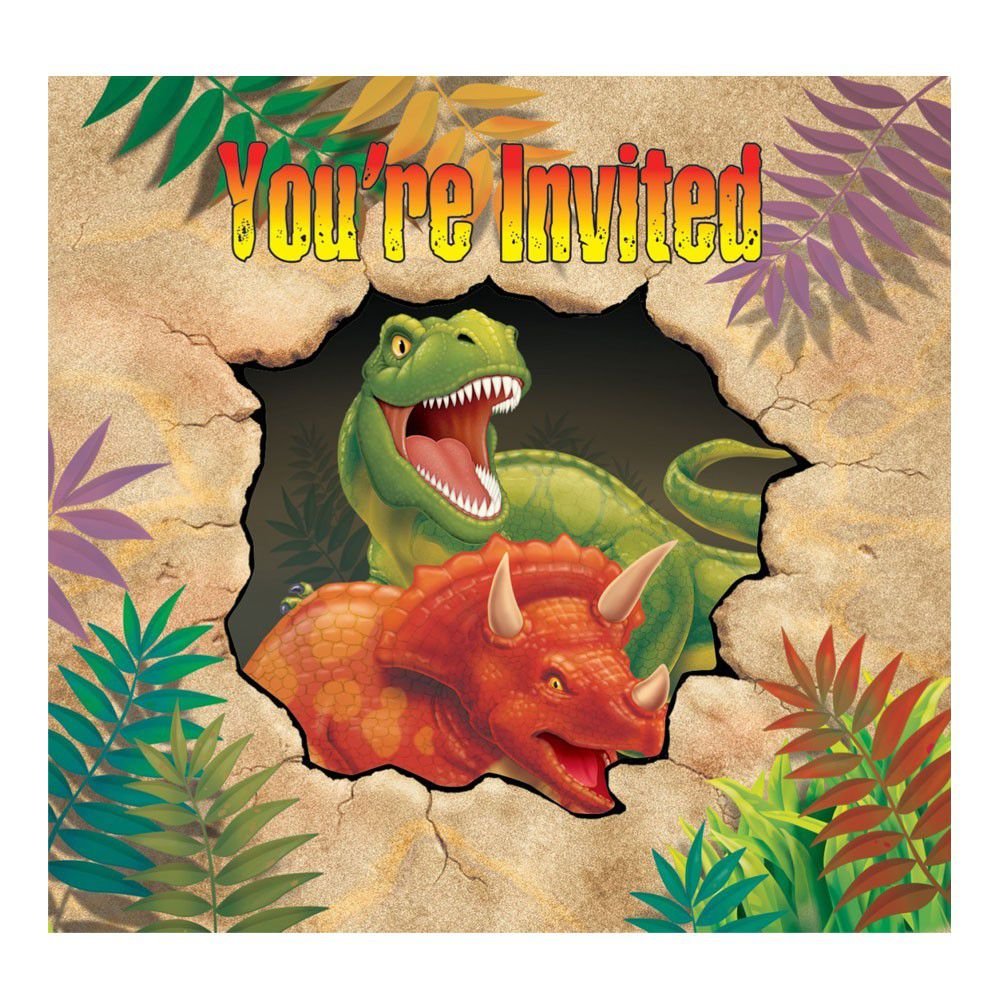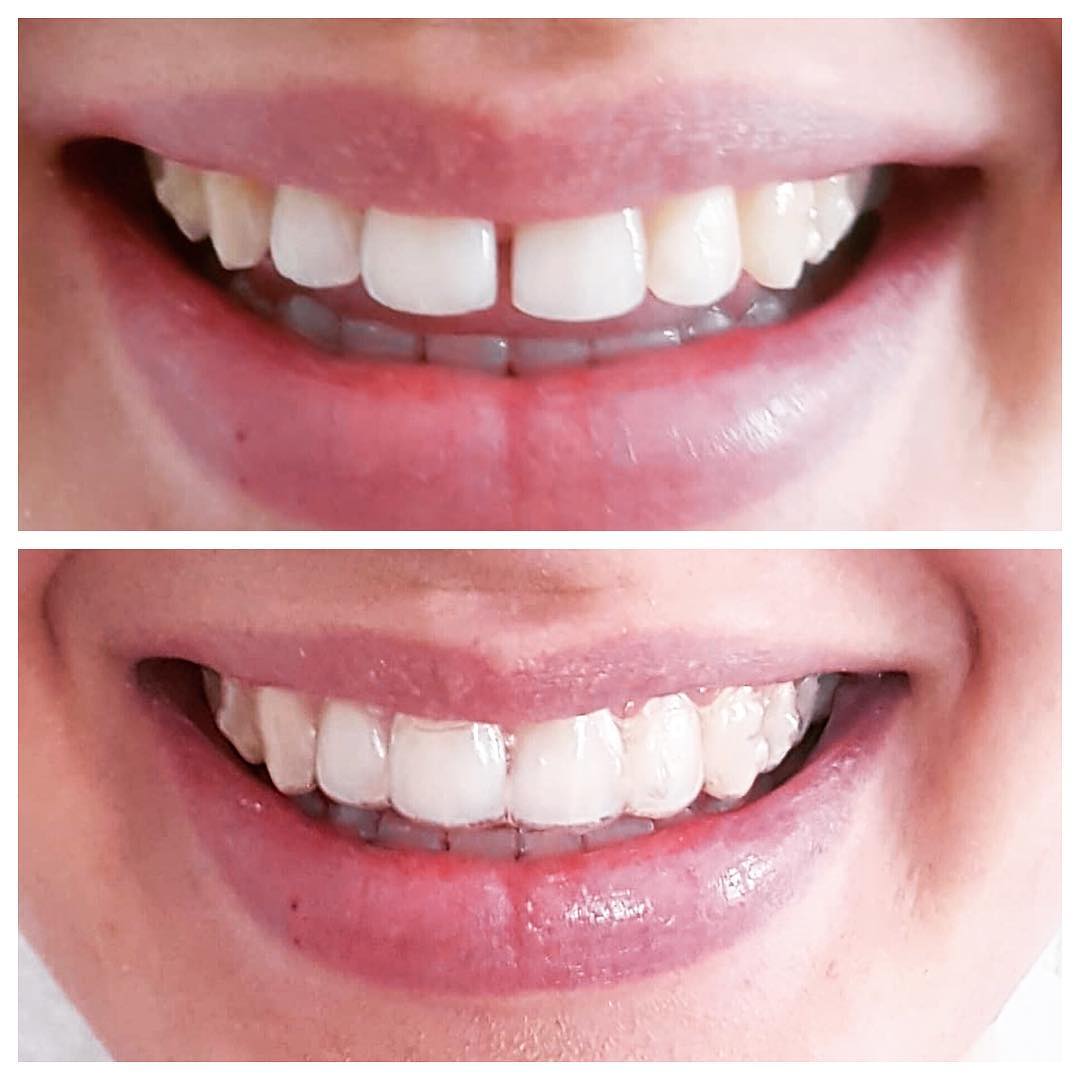(Alberta,
Saskatchewan),
United States
(Colorado,
Montana,
New Mexico,
N. Dakota,
S. Dakota,
Wyoming,
Texas)
 Tyrannosaurus rex was one of the largest predatory dinosaurs living on land. |
| Summary: |
The 10 to 14 meter long and up to 9.5 tons heavy Tyrannosaurus rex was one of the largest carnivores that have ever lived on land.
| Large head with strong neck muscles |
His head reached a length of 1.25 meters and had attachment areas for strong bite muscles. The bones of the skull were mostly loosely connected, so that the force with which he struck his teeth in his prey was cushioned. The bones in the upper part of the skull, on the other hand, were reinforced and supported the biting force (cf. message from June 2004).
The biting power of an adult Tyrannosaurus was estimated to be 35,000 to 52,000 Newtons, which makes it the strongest biter in the entire animal kingdom (cf. message from February 2012) and its reputation as "most horrific predator ever" confirmed. (Only the primeval crocodile Deinosuchus riograndensis could probably bite harder than Tyrannosaurus rex – cf. Message from March 2012.)

The skull of the Tyrannosaurus rex became 1.25 meters and its teeth up to 23 centimeters long.
In 2015, researchers were able to demonstrate that Tyrannosaurus rex could open his mouth up to an angle of 63.5 degrees, but reached his strongest biting force at an opening angle of 30 degrees. In addition, however, the bite was still very strong at other opening angles (see news from Nov. 2015).
In the mouth of the Tyrannosaurus rex sat up to 23 centimeters long, saw blade-like teeth, which were extremely stable and with which he could easily cut bones, tendons and muscles. Even teenagers tyrannosaur already had these stable teeth, which are only found in the Komodo dragons in today’s wildlife (see news from July 2015).
His neck was short and muscular. The cervical muscles allowed him to move his head back and forth with a lot of force or to pull back quickly, thus tearing his prey with strong head movements (see news from May 2013).
Overall was Tyrannosaurus rex built quite solidly, although its bones – like all Coelurosaurs – were hollow. (Because of its massive shape, it was long considered a carnosaur, but new knowledge required reclassification, so that it is now classified among the coelurosaurs.)
Tyrannosaurus rex ran on two powerful legs, the upper body leaning forward. His tail was used to keep his balance. He left footprints 46 centimeters long. However, there are different, sometimes contradictory, views in science about which pace he was able to achieve during the race:
| Sprinter or rather leisurely runner? |
Horner, one of the better known paleontologists of our time, believes that he has discovered evidence in the anatomy of the legs that Tyrannosaurus rex could cover long distances leisurely, but could not chase after fleeing prey. (see news from September 2001). Footprints in Oxfordshire appear to contradict this. Here a large theropode has left its footprints at a running speed of around 30 kilometers per hour. However, it is not clear whether this trail is actually from one Tyrannosaurus comes from, or whether a Megalosaurus left her. (see message from Jan. 2002).
 Large hind foot and small front claw of the Tyrannosaurus rex |
The results of two biomechanics specialists from the University of California, Berkeley finally lead to the assumption that Tyrannosaurus rex roamed through its territory at a speed of about 16 kilometers per hour (see news from Feb. 2002). In August 2007 it was calculated using computer simulations that T. rex could run about as fast as a human and reached a top speed of 29 km / h (see news from Aug. 2007). A month earlier, other researchers had calculated a top speed of 40 km / h and came to the conclusion that Tyrannosaurus needed at least two seconds to rotate 45 degrees because he was unable to turn on one leg. He would have had to use both legs for a turn, otherwise he would have fallen over due to his weight (see news from July 2007).
| What were the short arms for?? |
The forelimbs of the Tyrannosaurus were quite short (just under a meter long) and ended in two fingers. Which The purpose of these stunted arms is unknown. It is striking, however, that they were equipped with extremely sharp claws. Therefore, they will have served a purpose.
H. F. Osborn considered that the males use the front claws during the mating ritual on move the female clawed.
Another theory was put forward by Barney Newman. In his opinion, the Tyrannosaurus his forelimbs primarily when he wanted to stand up from a lying position: To do this, he first leaned on his forearms and then raised his head to swing his body into an upright position. However, these two assumptions are now outdated.

A hypothesis about the use of the arms:
The Tyrannosaurus stands up
Since the arms also showed some muscle in addition to the sharp claws, they must have served a purpose. Some researchers speculate that the arms may have played a demonstrative role in partner advertising or in rivalry battles, or they may have been used to fix the prey. (see message from October 2013)
obowhl Tyrannosaurus With his arms able to lift a weight of 200 kilograms, however, a study from 2014 ruled out that the arms had to be used for hunting or killing the prey, since the strong neck muscles were sufficient to kill and hunt the prey tear. (see message from Apr. 2014)
Was probably Tyrannosaurus rex Capable of seeing in space, had a strong sense of smell and could hear well.
Nevertheless, to what extent there has been constant discussion since the 1960s Tyrannosaurus rex active hunters or rather scavengers. To this day, there is no uniform opinion among experts on this topic. Possibly persisted Tyrannosaurus rex hid in the forest and ambushed his prey to overpower and kill it; So far, it has not been possible to decide whether he was capable of short, quick sprints.

Did the Tyrannosaurus attack its prey itself? Or he was content with carrion?
| feeding habits
A study from 2012 provides insights into the eating habits of Tyrannosaurus rex: Bite marks on Triceratops-Skulls suggest that Tyrannosaurus rex so long on the neck shield of the Triceratops tugged until it detached from the fuselage. Then he first ate the preferred neck meat and then went over the facial muscles of the Triceratops ago. However, this study can answer the question of whether the adult Tyrannosaurus rex was an active hunter or only dismantled found carcasses, give no answer. (see message from October 2012) |
Good sense of smell
However, there is an indication that Tyrannosaurus rex in the group of active hunters: his smell center in the brain was extremely well trained. In today’s animal world, animals have a particularly good sense of smell, roaming large areas in search of prey. Since a 2008 study concluded that Tyrannosaurus Of all the carnivorous dinosaur skulls examined, probably had the finest nose, the researchers involved assume that Tyrannosaurus rex actively hunted and by no means fed exclusively on carrion (see news from October 2008). |
|
 Tyrannosaurus probably tore off the neck shield of Triceratops before eating it. |
||
| Maverick or pack animal? 1990 became one of the most famous Tyrannosaurus rex-Discovered skeletons, nicknamed "Sue" received. Studies on this skeleton give rise to the assumption that tyrannosaur lived in pack associations: |
Click to enlarge:
 3D – Tyrannosaurus rex |
 The tyrannosaurs may have had cannibalism and peer fighting. |
| Heavy weight, fast growth
Tyrannosaurus rex could live up to 30 years. But since it is bigger and heavier than others Tyrannosauridae-Genres, researchers found through bone analysis that he underwent an enormous growth spurt between the ages of 14 and 18, in which he gained more than 2 kilograms of weight every day. By the age of 20, its size had grown. In comparison took Daspletosaurus, Albertosaurus and Gorgosaurus grew only between 0.3 and 0.5 kg in weight in their adolescence and reached their final size of up to 9 meters and a weight of up to 3.5 tons at the age of 16. (see message from Aug. 2004) Originally the maximum weight was Tyrannosaurus rex estimated at seven tons. After new, improved calculation methods in 2011, it was then corrected to 9.5 tons. Accordingly, an adolescent Tyrannosaurus gained around 1.8 tonnes in weight in its strongest growth phases in order to reach this maximum weight. (see message from October 2011) Possibly took Tyrannosaurus rex to mass throughout his life. This is supported by blood vessels in the outer layer of the bones, which paleontologist Jack Horner discovered in 2013. Thus, bones of different thicknesses in different skeletons could indicate a different age of the animals and not necessarily a sexual dimorphism, according to the researcher. (Sexual dimorphism describes the fact that males and females were built differently gracefully.) (See message from Nov. 2013) |
| Early sexual maturity
In 2005 one became on a femur Tyrannosaurus rex Tubular bone marrow found, a tissue that also occurs in today’s female ratites during the egg-laying period. In ratites, this tissue is interspersed with many fine blood vessels and is rich in calcium. Since the females need a lot of calcium to lay the calcareous egg shells when they lay their eggs, this tissue is used to compensate for the mineral deficiency that results. Based on the find, it is assumed that Tyrannosaurus-Females also use the long bone marrow to compensate for their calcium deficiency when laying eggs. (see message from June 2005) In 2008 was also in a not yet fully grown Tyrannosaurus-Females discovered this special bone marrow, which led the researchers to suspect that this too was about to start a brood. The researchers suspect that the reason for this early sexual maturity is a high mortality rate from full-blown adults tyrannosaurs can be seen and at the same time in the use of the very long development time (see message from Jan. 2008). |
| Sonsitges: | ||
| Questions about feather dress
When asked whether Tyrannosaurus rex no verifiable answer can be given so far. In April 2012, one was Tyrannosaurus-Kind of named "Yutyrannus huali" discovered that probably wore a warm plumage, but this species lived around 60 million years ago Tyrannosaurus rex in a relatively cool period of the Cretaceous. Also was yutyrannus With a weight of up to 1.4 tons, it is considerably lighter than his later living relative, who, due to his body mass and the warm air temperature surrounding him, was not necessarily dependent on cold protection from feathers. (see message from Apr. 2012) |
Possible parasite infestation
Maybe some fell tyrannosaur victim of a parasite that still infests and kills birds of prey: the Trichomonas parasite. A research team concluded this in 2009 after analyzing various tyrannosaur-Skulls, ten of which had jaw injuries typical of such an attack. (see message from September 2009) (Last update: |
|
RELATED ITEMS
-

Dinoparty for dinosaurs kids birthday
Our 4th birthday dinoparty – our children’s birthday party with the theme dinosaurs was a complete success – we will show you decorations, recipes and…
-

Dinosaur craft idea for children
Dinosaur craft idea for children Craft and worksheets for preschool toddlers and kindergarten Source by burcubenli09 Crafts for children preschool…
-

Invitation cards print birthday dinosaurs – birthday invitation cards
kids birthday invitations, invitation text for kids birthday theme animals, kids birthday cards for printing Dinosaurs Dinosaurs…
-

Aesthetic dentistry, dentist petersen
Aligner – the invisible solution for your misaligned teeth! What are aligners? There is a solution for straight teeth without having to wear metal braces…
